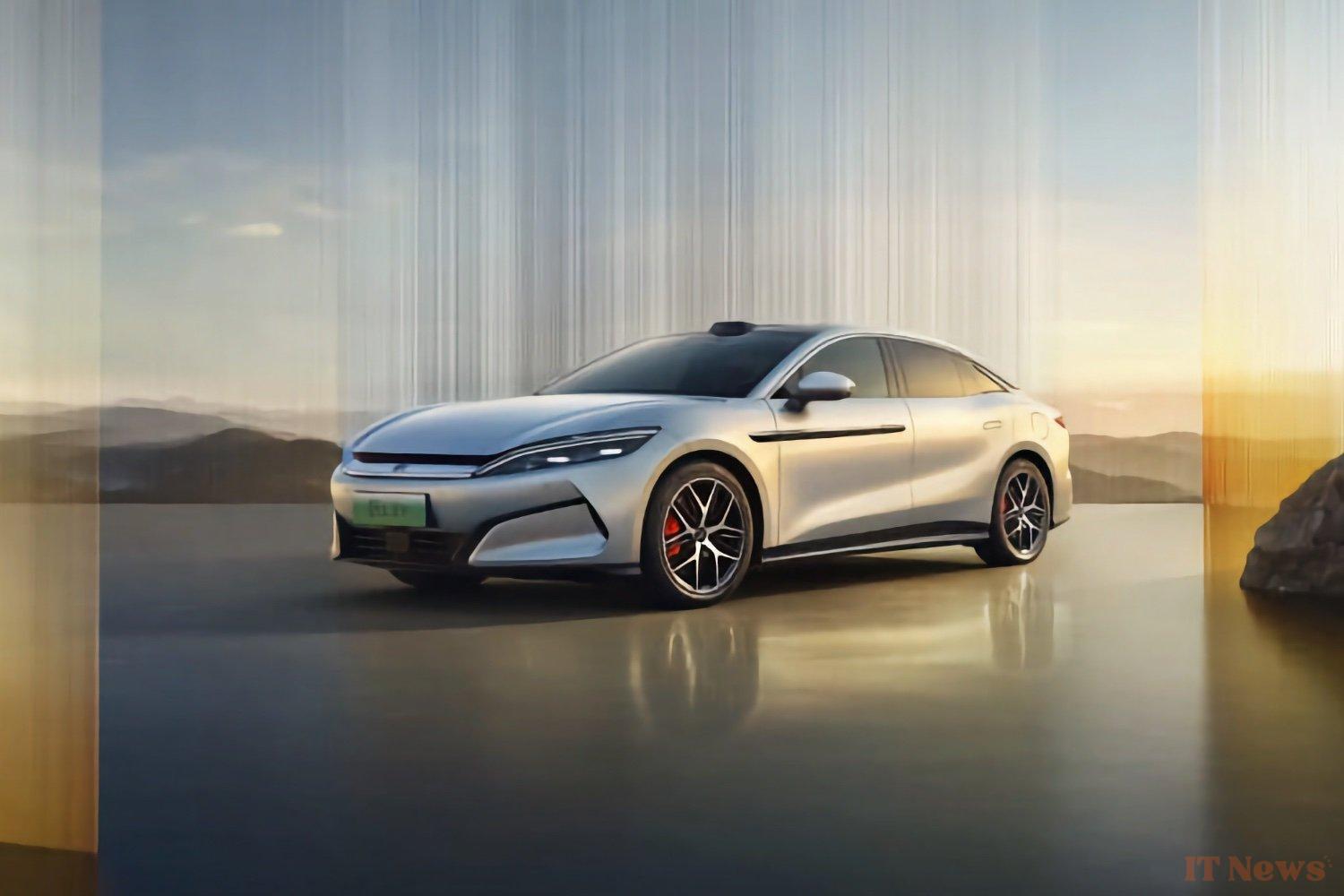It's a head-turning figure: 400 kilometers of range in five minutes of charging. That's what BYD, the Chinese electric car giant, is promising, thanks to its new "flash-charge" battery and charging stations capable of delivering 1 megawatt of power. Put like that, it almost sounds like an April Fool's joke, except that all this was announced from mid-March, so no joke.
400 km of autonomy in five minutes
This ultra-fast charging relies on several ingredients: a new-generation battery based on the in-house "Blade" system, a current of 1,000 amps under 1,000 volts, and above all terminals capable of keeping up. As a result, BYD's Han L and Tang L models could recover up to 400 km of autonomy in five minutes. That's faster than what Tesla Superchargers offer.
For this to work, BYD is banking on a Chinese electricity grid that's much more robust than that of many other countries. The company plans to install more than 4,000 of these super-stations across China. There, electric vehicle sales are exploding: +38% in 2024, with a market share approaching 48%. So, we have to keep up.
BYD hasn't done things by halves when it comes to the engine either. Its new electric motor runs on more than 30,000 revolutions per minute (30,511 to be exact) - something never before seen in a mass-produced vehicle. Fitted to the Han L sedan or the Tang L SUV, it allows 0 to 100 km/h in 2.7 seconds. We're not far from the times of a Formula 1 car, except that we're talking about a model intended for the average Joe...
With a two-engine version, the cars reach up to 1,084 horsepower. To prevent everything from melting, BYD has also designed a direct liquid cooling system. The manufacturer has pushed Attention to detail, even optimizing the motor windings to limit energy losses. It's very technical, but to be clear: it's fast, it doesn't get too hot, and it hits hard!
Despite these impressive announcements, the chances of seeing these innovations quickly arrive elsewhere are slim. Imports of Chinese vehicles are often taxed at levels that make them far too expensive. And even without that, our electricity grids don't necessarily have the power needed to support this kind of ultra-fast charging.
As for existing terminals, the fastest are capped at 350 kW and are rare. Not ideal for supporting a transition to such energy-hungry vehicles. Not to mention a slightly sensitive point: putting cars with more than 1,000 horsepower into everyone's hands might not be a great idea from a safety perspective.



0 Comments